
RF & Microwave Blog
-
How is solder mask applied on PCB
Posted by
–
 Read more: How is solder mask applied on PCB
Read more: How is solder mask applied on PCBWhat is Solder Mask and Why is it Important? Solder mask, also known as solder resist or solder stop, is a thin layer of polymer applied to the copper traces of a printed circuit board (PCB). Its primary purpose is to protect the copper traces from oxidation, prevent solder bridges […]
-
Solder Paste Something You Need to Know
Posted by
–
 Read more: Solder Paste Something You Need to Know
Read more: Solder Paste Something You Need to KnowWhat is Solder Paste? Solder paste is a mixture of tiny solder particles suspended in flux. It is a crucial component in the process of surface mount technology (SMT) assembly, where electronic components are mounted directly onto the surface of a printed circuit board (PCB). The solder paste is applied […]
-
Deagostini Millennium Falcon Controller
Posted by
–
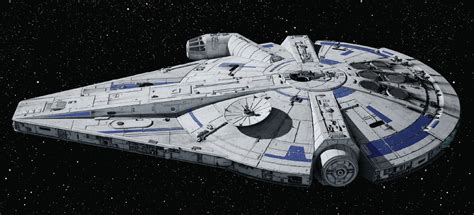 Read more: Deagostini Millennium Falcon Controller
Read more: Deagostini Millennium Falcon ControllerWhat is the Deagostini Millennium Falcon? Before we dive into the controller, let’s briefly discuss the Deagostini Millennium Falcon itself. This model is a result of a partnership between DeAgostini, a leading publisher of collectibles and model-making kits, and Disney, the current owner of the Star Wars franchise. The Deagostini […]
-
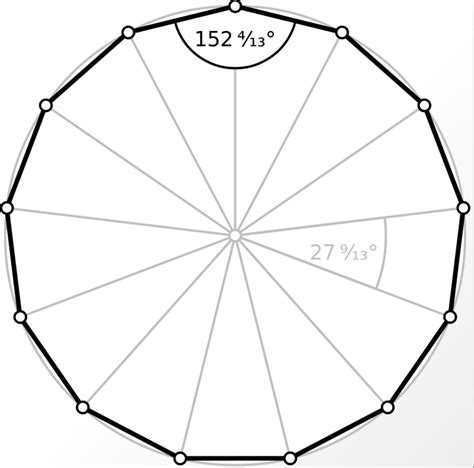 Read more: Altium Polygon pour breaks on rigid flex split lines
Read more: Altium Polygon pour breaks on rigid flex split linesUnderstanding Polygon Pour and Its Importance in PCB Design Polygon pour is a crucial feature in PCB design software, such as Altium Designer, that allows designers to efficiently fill large copper areas on a PCB. This feature is particularly useful for creating ground planes, power planes, and shielding regions. By […]
-
How to differ between PCB and PCBA
Posted by
–
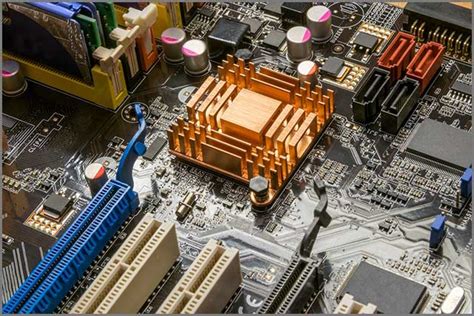 Read more: How to differ between PCB and PCBA
Read more: How to differ between PCB and PCBAIntroduction to PCB and PCBA Printed Circuit Boards (PCBs) and Printed Circuit Board Assemblies (PCBAs) are essential components in modern electronic devices. While these terms are often used interchangeably, they refer to different stages in the manufacturing process of electronic circuits. Understanding the distinction between PCB and PCBA is crucial […]
-
Analog circuit noise of the PCBs
Posted by
–
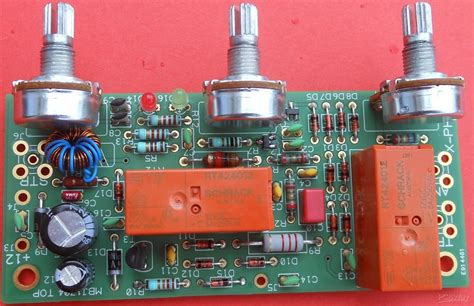 Read more: Analog circuit noise of the PCBs
Read more: Analog circuit noise of the PCBsIntroduction to PCB Noise Printed Circuit Boards (PCBs) are essential components in modern electronic devices, providing a platform for mounting and interconnecting various electronic components. While PCBs enable the efficient assembly and operation of complex circuits, they also introduce unwanted noise that can significantly impact the performance of analog circuits. […]
-
PCB manufacturer in UK
Posted by
–
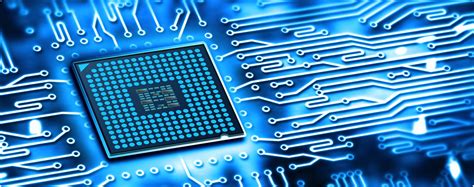 Read more: PCB manufacturer in UK
Read more: PCB manufacturer in UKIntroduction to PCB Manufacturing in the United Kingdom Printed circuit boards (PCBs) are essential components in virtually all modern electronic devices. They provide the foundation upon which other electronic components are mounted and interconnected to create functional circuits. The United Kingdom has a long history of excellence in PCB manufacturing, […]
-
PCB design with copper foil thickness traces the relationship between the width and currents
Posted by
–
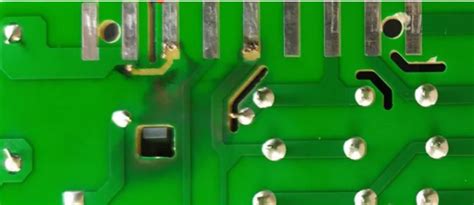 Read more: PCB design with copper foil thickness traces the relationship between the width and currents
Read more: PCB design with copper foil thickness traces the relationship between the width and currentsIntroduction to PCB Trace Width-Current Relationship Printed Circuit Boards (PCBs) are essential components in modern electronics, providing a platform for electrical connections and mechanical support for various components. One of the critical aspects of PCB design is determining the appropriate trace width for a given current carrying capacity. The relationship […]
-
High Current PCB Design and Its Applications
Posted by
–
 Read more: High Current PCB Design and Its Applications
Read more: High Current PCB Design and Its ApplicationsIntroduction to High Current PCB Design High current PCB design is a specialized area of printed circuit board design that focuses on managing and distributing large amounts of electrical current efficiently and safely. These PCBs are crucial in various applications, such as power electronics, automotive systems, industrial equipment, and renewable […]
-
History of Printed Circuit Boards
Posted by
–
 Read more: History of Printed Circuit Boards
Read more: History of Printed Circuit BoardsThe Evolution of PCBs: From Humble Beginnings to Modern Marvels Introduction to PCBs and Their Significance Printed Circuit Boards, commonly known as PCBs, have revolutionized the electronics industry since their inception. These unsung heroes of modern technology have enabled the creation of smaller, faster, and more reliable electronic devices that […]
Recent Posts
- How to Select Material for Your PCBs from Cost and Reliability Considerations
- Problems of EMC Technology Application in PCB Design of Electronic Devices and the Strategies
- Fabrication Technology on Flex-Rigid PCB Window
- Problems of High-Frequency and High-Speed Multilayer PCB Fabrication and Their Solutions
- Key Difficulties and Tips for Backplane PCB Fabrication